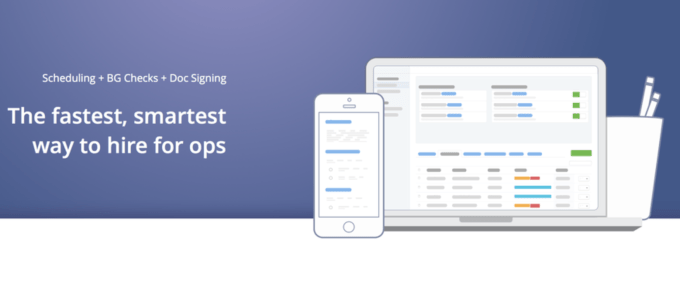
When an on-demand startup is just getting off the ground, the quickest way to improve service is to get more contractors signed up to deliver cookies, clean laundry, or give customers rides.
That might sound like an easy problem to deal with if you’re VC-backed — just throw money at people until they work for you! — but the truth is that even a successful social and marketing strategy would only increase the size of the funnel your HR team is dealing with.
Most on-demand companies have realized that approving the wrong people to represent them can have disastrous consequences, and thus understand the importance of giving thorough background checks and interviewing candidates to make sure they aren’t absolute creepers.
OnboardIQ streamlines the process of hiring the hundreds of people needed to get a baseline of quality service in a city at an on-demand startup. Launching as a private beta today, OnboardIQ’s team takes your onboarding funnel and automates what it can, leaving HR with more time to spend on looking through applications and interviewing candidates.
The startup tries to eliminate the time you spend just trying to figure out when you’ll have time to interview candidates, for instance, asking when you’re free for the task and reaching out to applicants to fill in your schedule.
Instead of trying to replace the tools you use for recruiting (like Checkr for background checks or HelloSign for signatures), OnboardIQ co-founder Jeremy Cai says the startup strives to eliminate the hassle of bouncing around between them and trying to keep track of it all in a spreadsheet.
While companies like Eaze and Spoonrocket already use OnboardIQ to simplify onboarding, Cai says that’s just the seed to become part of their customers’ operations. Once integrated with their workflows, the team is hoping it can provide more value by improving on common workflows at on-demand startups. Down the road, it’s looking at ways to help customers broaden their funnel of applicants as well as look back on their data to see the weak points in recruiting processes.